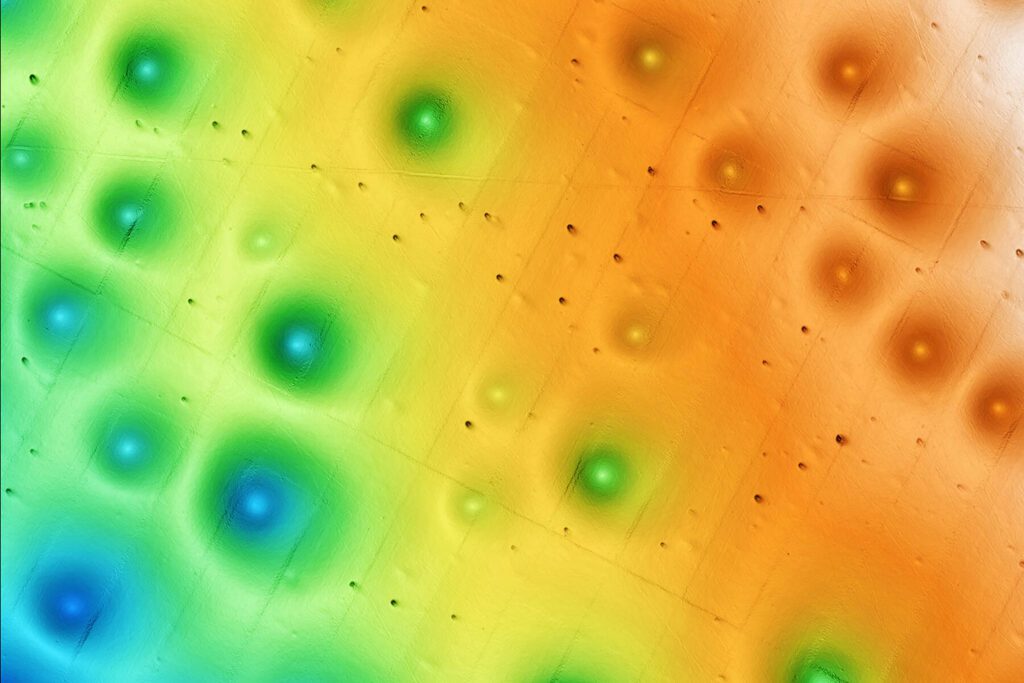Marine scientists have discovered an extensive underwater area off the Central California coast, characterized by over 5,200 pockmarks that challenge previous assumptions about their formation. Initially thought to be caused by methane emissions, recent research employing advanced robotics and sonar has shown that these pockmarks are largely filled with sediment rather than gas.
The study involved high-tech robots mapping the seabed and collecting core samples. Findings revealed a history of sedimentary layers dating back 280,000 years, with evidence suggesting that underwater avalanches have shaped the seabed over time.
This research is crucial for resource management, especially regarding potential offshore wind farm sites, as it indicates that structures must be anchored in stable sediment rather than near methane-filled pockmarks, alleviating concerns about their stability.
The origins of the pockmarks remain ambiguous, prompting further research into their formation and impact on sediment flow. Overall, this area has become a vital resource for understanding undersea processes and their implications for renewable energy development.
Source link


